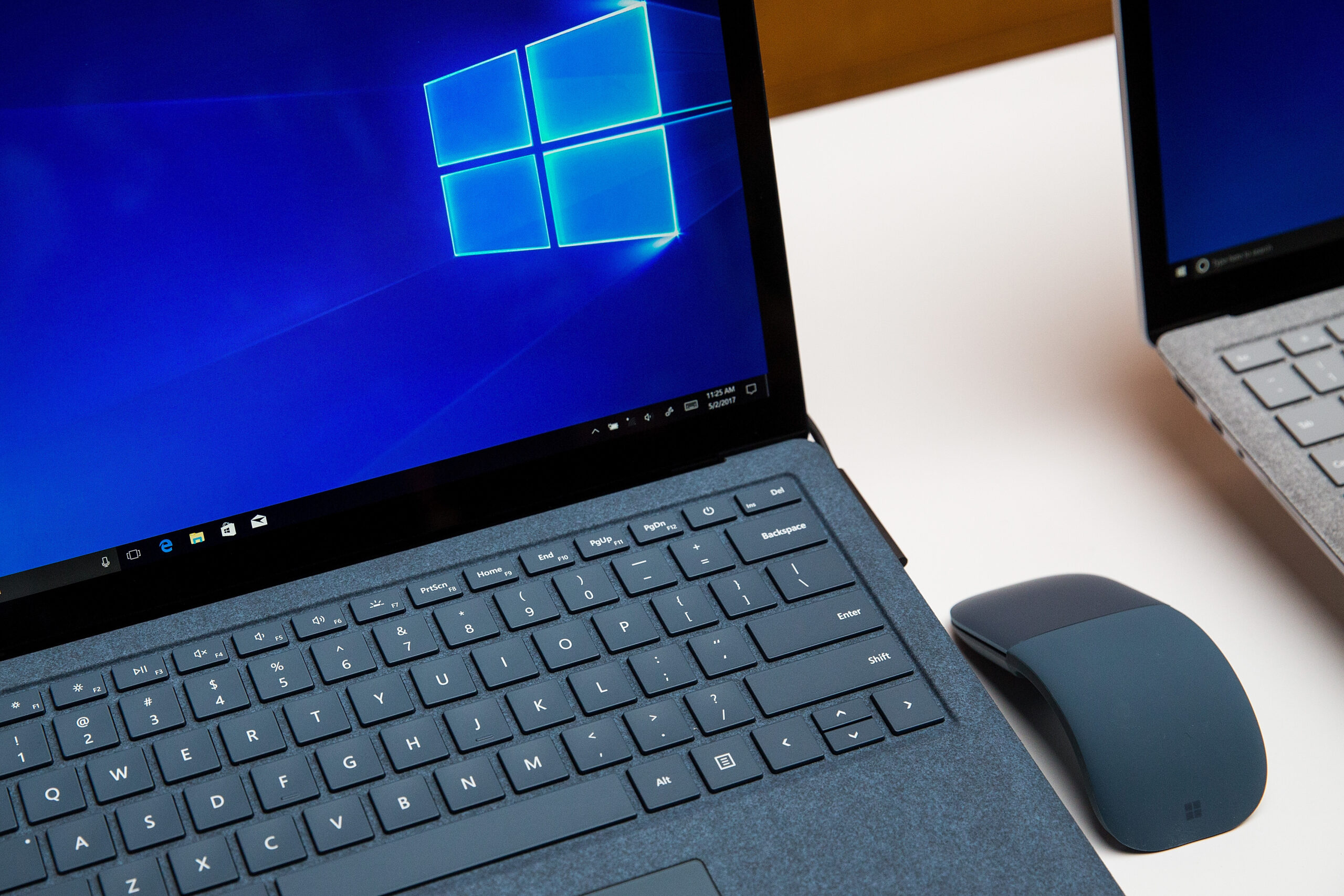Windows has come a long way as an operating system, but it still has its annoyances. A fresh Windows 10 installation comes with endless notifications, constant updates, and tons of useless programs. Thankfully, all it takes to resolve these issues is navigating a handful of menus and toggling a few options.
Disable Notifications
One of the most irritating aspects of Windows is the seemingly never-ending barrage of notifications. Every time a program changes, news updates, or a virus scan runs, you get a notification. If you dislike these notifications, it’s incredibly easy to disable them.
To do this, open the Windows Settings menu. You can do this by going to the Start menu and clicking on the gear or by pressing the Windows key + I. Click on the System button to open up a new menu. On the left side of this window, there are several categories. Choose Notifications & actions. In this menu, you can turn off notifications entirely by clicking the toggle or you can scroll down and turn off notifications for specific programs.

Remove Unwanted Apps
If you ask any person with a technical background, they’ll tell you the first thing anyone should do after installing Windows is removing any and all “bloatware.” This is a term that refers to pre-installed programs that take up space and may even affect your system performance.
To remove an unwanted program, you have a few options. If it appears in your start menu, you can simply right-click it and choose Uninstall. To remove a program that isn’t in your start menu, open the Settings menu and select Apps. Now you can scroll down and remove any app you wish by clicking the Uninstall button.
Managing Updates
Have you ever been using your computer, only to have it randomly restart because Windows had an update? You’re far from the only one. Thankfully, this has a relatively simple fix. To change your Windows update settings, open the Settings app and choose Update & Security. When you first open this menu, you’ll see a large Windows icon and a message that informs you whether or not you have an update. Below this are four buttons:
- Pause updates for 7 days, which does exactly what it says.
- Changing active hours allows you to set a time frame during which Windows updates will not interrupt you.
- View update history lets you look back at previous updates.
- Advanced options allow you to further customize your Windows update settings.
Click on Advanced Options and make sure to disable the option that begins, “Restart this device as soon as possible.”
Microsoft Edge Being Default
If you use a custom browser like OneLaunch, Firefox, or Chrome, then you know how irritating it is when files and links open in Microsoft Edge instead. This happens because Windows still views Edge as the default browser. To resolve this, open up the Settings menu and click on the Apps button. On the left side of this menu are several categories. Click on Default apps. Near the bottom of this page, you’ll see one of the options is “Web Browser.” Clicking the button below that will open another menu of all the browsers installed on your computer. Simply pick the one you like most and it will become your default.
Hidden File Extensions
When you first start using Windows 10, it doesn’t display the useful file types after a file’s name. For example, if you have an image named “mypicture.png,” it will only appear as “mypicture” without listing the file extension. Thankfully, Microsoft makes this easy to fix. First, open your File Explorer by clicking on the file icon on your taskbar or pressing the Windows key + E. At the top of the File Explorer are three tabs: Home, Share, and View. Click View and look for a checkbox that says “File name extensions.” Clicking this box will enable the setting and place the extension next to each file.
Conclusion
You don’t have to let Microsoft dictate your user experience with default settings and constant irritations. Personalize your Windows 10 so that it works for you. Create a more responsive and navigable system, whether that’s through disabling the irritating notifications, pausing updates, or simply customizing your Start menu.










 Share On Twitter
Share On Twitter